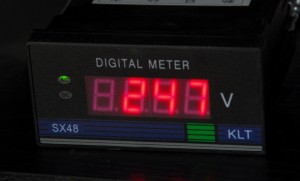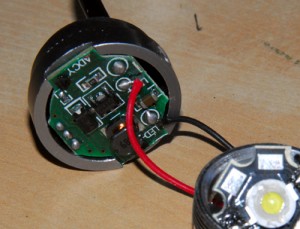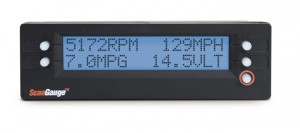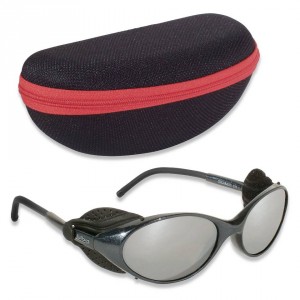In my day-job as a trainer in business writing, I am often asked by people within my audience to comment on Gen Y employees.
Frequently the question comes after I have talked about different learning styles, or about writing for different audiences. Invariably, the question (usually being asked by a middle-aged person of their middle-aged trainer – that’s me) is said with a knowing grin and a slightly curled lip.
“So what do you think of the learning style of Gen Ys?”
There is an obvious expectation that I will say something like: “Oh Gen Y? Yep, they’re hard to please, have poor attention skills and want everything presented to them on a plate.”
Trouble is, I don’t say anything like that at all.
Instead I say something like: “Isn’t it just fantastic how Gens Ys are so quick to absorb information, and are so effective at isolating – and then asking – the key questions?”
At this point the questioner assumes a rather sour question and you can see them thinking: I thought he’d be one of us!
In fact, I think you can point to a deficiency that limits practical outcomes – but I don’t think it has anything to do with age.
And nor do I think it has a great deal to do with intelligence.
Instead, I think the most important point is intellectual rigor.
But what does this mean?
In the way I am using it, it means a willingness to do the hard mental yards. That doesn’t necessarily involve high level or incredibly abstract thought; instead it’s about not being mentally lazy.
Yes it sounds so very conservative, traditional – school-teacherish, even. (I was once a school teacher.)
But it explains so much.
Take the development of a business case.
In my job I see many written business cases. These normally suggest that a certain path should be followed, one that typically involves the expenditure of lots of money. Obviously, such a business case needs clearly enunciated justifications.
When training in writing, I describe to the group the requirements for mounting a strong business case – aspects like using effective proofs that support the key premise, for example. No one suggests this approach isn’t effective.
But do they do this in their own business cases? Nope, too much mental effort to carefully and rigorously follow such criteria.
Of course, people don’t say: “That’s too hard.”
Instead they rationalise the lack of effort in another way – oh, they say, we don’t need that much detail in this business case anyway.
At a completely different level, I can – and do – talk about effective proofreading techniques, those you can implement after you have finished writing. People nod their heads as I carefully explain why each of three different proofreading techniques works, and why it is important to have error-free documents. (Or as error-free as humanly possible, anyway.)
Their documents? Often full of the most basic errors. “There’s no time to do any proof-reading,” they say.
Nope, I think: you just don’t want to go to the mental effort.
And of course this idea applies in spades to the hobby we share. Especially if you’re going your own way in car modifications, developing and testing those modifications requires major amounts of intellectual rigour. Of mental grit and determination.
Right now, I am playing with the rear aerodynamics on one of my cars. I have a spoiler stuck together from plastic Corflute and I am up to – I think – my eighth different design iteration. So far, I have spent perhaps 20 hours reading background material, making different designs and testing them. This amount of time doesn’t include the fuel economy runs – they’re up to several weeks of measurement.
Am I getting sick of it?
You bet.
Would I like to take some mental shortcuts?
Yes.
Am I going to do so? No.
And at this type of stuff, I’m just a veritable mental lightweight.
Talk to anyone – anyone – who has invented a commercially successful product.
Learn about the years and years of demanding work, fighting battles against those who disbelieved, thinking hard for hour after hour after hour, week after week, and sometimes year after year, about how the product, the idea, could be improved.
Immense mental determination – immense intellectual rigor.
Over the years I have met plenty of people with absolute mental stamina. As it happens, Brendan Taylor, one of the directors of Web Publications (the company that owns this publication), is one of them. When I first met him, he would work a normal 8 hour day, then work a second half-day from 10 or 11pm until well into the early hours of the morning.
All the while thinking hard.
And I have met others who also drive their brains hard, pushing and pushing. To reiterate a point: they’re not necessarily intellectually brilliant. They just won’t let themselves take mental shortcuts.
But there are plenty who instead choose to park their brains in neutral, slumping down in front of the idiot box or sitting on the couch, laptop in hand while they contribute drivel to some discussion group full of like-folk.
Instead they could be out in the shed, bullying their brains to fit a turbo exhaust manifold into that space that looks way too small…
Intellectual rigor.
It’s not something you get from a training session, or likely even inherited with your genes.
It’s just something you make yourself do.

 Julian Edgar, 50, has been writing about car modification and automotive technology for nearly 25 years. He has owned cars with two, three, four, five, six and eight cylinders; single turbo, twin turbo, supercharged, diesel and hybrid electric drivelines. He lists his transport interests as turbocharging, aerodynamics, suspension design and human-powered vehicles.
Julian Edgar, 50, has been writing about car modification and automotive technology for nearly 25 years. He has owned cars with two, three, four, five, six and eight cylinders; single turbo, twin turbo, supercharged, diesel and hybrid electric drivelines. He lists his transport interests as turbocharging, aerodynamics, suspension design and human-powered vehicles.








